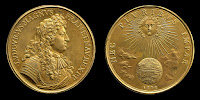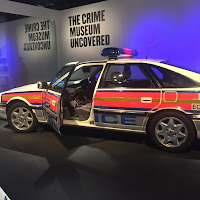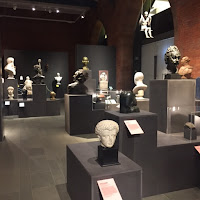A Longer Look: Ruben’s Samson and Delilah

An interesting study morning at the National Gallery looking at their Ruben’s of Samson and Delilah in detail. The morning was led by Lucrezia Walker from the gallery and she began by looking at where Ruben’s was in this point of his career. We talked about how he worked at court as a boy and must had observed life there, how he worked in Spain for Philip III and at works he did on his return to Antwerp. We then looked at who commissioned and owned the picture and where is hang. In the next section we looked in detail at the picture and talked about the story it tells, including a dramatic reading of it from the Bible by the tutor. We talked about the symbolism and whether this reflects loyalty to the state. Finally we spent some time in front of the picture discussing its’s composition and which bits we felt worked and didn’t work.

























